Being an advocate and sharing your personal stories publicly to create change requires you to embrace your role as a persuasive speaker. Here’s why.
In its broadest sense, advocacy means “any public action to support and recommend a cause, policy or practice.” That includes a lot of public actions—from displaying a bumper sticker to sounding off with a bullhorn. But whether your action involves affixing something to the back of your car or speaking in front of millions, you are making a public statement: “I support _____, and you should, too.”
At its heart, advocacy is persuasion.
And persuading—whether influencing someone’s opinions or behavior, raising awareness of an issue or helping affect policies and laws—takes more than story alone.
What? But aren’t stories uniquely powerful and humanizing [1], ingrained in our DNA [2] and statistically shown to make anyone 35% more persuasive [3]?
Yes, absolutely. That’s why we at Living Proof Advocacy are passionate about tapping the true persuasive power of personal stories. But stories aren’t magic—and using a personal story as an advocacy tool requires more than “Insert Story Here.”
Don’t take our word for it. Take Aristotle’s.
More than 2,300 years ago, Aristotle defined the essential elements of persuasion: ethos, logos and pathos. These three persuasive appeals are the building blocks for creating communication that will move your audience to believe, consider or act.
These appeals can be described simply as:
Ethos. Appeals that develop the character of the speaker. (“She’s been studying this issue for years.”)
Logos. Appeals that use logic and reason. (“Those examples are hard to argue with.”)
Pathos. Appeals that engage or activate the audience’s emotions or imagination. (“I’ll never forget the story she told.”)
Telling stories—not just personal stories, but all forms of narrative—is one of the most common ways speakers employ pathos and “awaken emotions” in an audience. Whether true-to-life or fictional, told across a kitchen table or on the big screen, stories have the power to make us smile, laugh, cry or fume.
But stories do more than simply elicit emotional responses—and pathos is more than simply “playing on emotions.” Stories also engage our imaginations via evocative language and sensory imagery. Stories make abstract concepts—like “justice,” “love” and “inequality”—concrete and understandable. They help audiences identify with a speaker, encouraging sympathy and empathy. Pathos is the persuasive power you tap into when you share your personal stories with others.
But ethos, logos, and pathos must work together to move audiences from sympathy to empathy to action. And effective advocates know how and when to draw on each, rather than relying too heavily on any one appeal. For example, an advocate may have an impressive reputation and engaging delivery (ethos); but without presenting a sound argument or eliciting the audience’s passions, he can appear hollow. An advocate who presents reams of data and an airtight case may be difficult to challenge on the facts (logos); she may also be hard to listen to for very long if she doesn’t offer up a story or two that brings that data to life.
And while someone’s personal story—heartfelt, open and passionately told—can smack us in the gut (pathos), if we are left with nothing else, or suspect that the smack was the advocate’s sole intent, we may at best walk away “merely moved” and at worst, feeling played.
That’s why the most effective advocates never just tell their stories. They truly make a difference by telling stories that take all of Aristotle’s essential elements of persuasion to heart.
[1] https://www.forbes.com/sites/ekaterinawalter/2017/03/07/10-ways-to-humanize-your-brand-through-storytelling/#2aa3a8f3eb81
[2] https://lifehacker.com/5965703/the-science-of-storytelling-why-telling-a-story-is-the-most-powerful-way-to-activate-our-brains
[3] https://www.inc.com/carmine-gallo/hard-data-shows-this-soft-skill-will-make-you-35-percent-more-persuasive.html

















